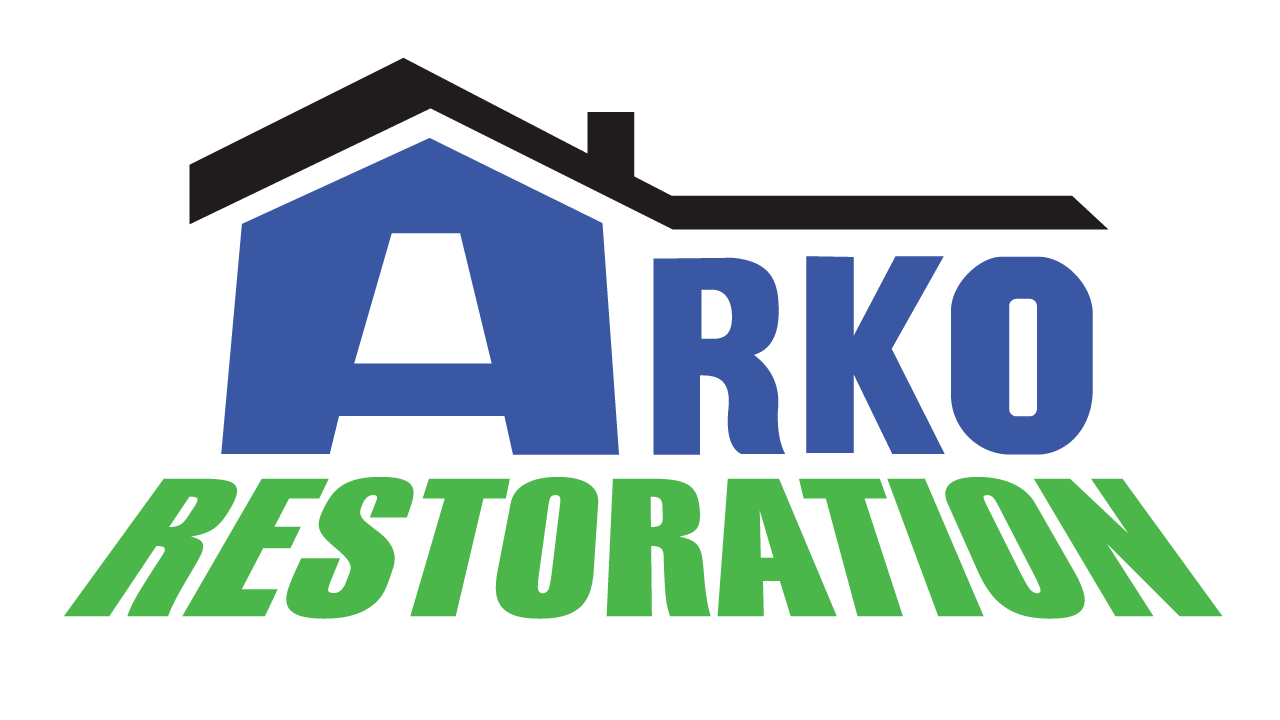Fire damage is a catastrophic event that can leave your home or business in a state of disarray. The aftermath of a fire can be overwhelming and stressful, especially if you’re unsure of what to do next. However, with proper planning and execution, you can restore your property to its pre-fire condition safely and successfully. Having a fire damage restoration checklist is an essential tool for navigating the restoration process. It outlines the necessary steps and considerations to ensure that the restoration is done effectively and efficiently.
Here’s a checklist to give you a clear understanding of the restoration process, what to expect, what actions to take and what professionals to hire…
1. Safety Assessment & Mitigation:

The first step in any fire damage restoration process should be a thorough safety assessment of the property. This is important for ensuring the safety of everyone involved in the restoration process. A qualified restoration professional should assess the structural integrity of the property, identify any electrical or gas hazards and determine whether the property is safe to enter. Once it is deemed safe to enter, the restoration team can begin mitigating further damage. This may include boarding up windows and doors, tarping damaged roofs and addressing any standing water. The team may also need to turn off utilities to prevent further damage or hazards.
2. Damage Assessment & Documentation:
Once the property is deemed safe to enter, the restoration team can begin assessing the extent of the damage. This involves identifying all areas of the property that have been affected by fire, smoke and water damage. The restoration team should document all damage, including taking photos and video, creating a written inventory of all damaged items and noting any salvageable items. This documentation is important for insurance purposes, as it will help to ensure that you receive fair compensation for the damage to your property.
3. Cleaning & Restoration:
Once the damage assessment is complete, the restoration team can begin the process of cleaning and restoring your property. This involves removing any damaged or unsalvageable materials, cleaning and deodorizing all affected surfaces and restoring the property to its pre-loss condition. The restoration team may use a variety of specialized techniques and equipment, such as air scrubbers, ozone generators and thermal foggers, to remove smoke and soot from the air and surfaces. They may also use dehumidifiers and industrial fans to dry out the property and prevent mold growth.
4. Final Inspection & Walkthrough:
Once the restoration process is complete, the restoration company will conduct a final inspection and walkthrough to ensure that the property has been fully restored and is safe for occupancy. This involves checking all systems, including plumbing, electrical and HVAC, to ensure that they are functioning properly. The restoration team will also conduct a final cleaning to ensure that the property is free of any remaining dust, debris or odors. Once the walkthrough is complete, the restoration company will provide you with a certificate of completion, which you can use as proof that the restoration work has been done.
5. Communication & Coordination:

Effective communication and coordination between the restoration company, the homeowner and the insurance company are critical for a successful fire damage restoration. The restoration company should keep the homeowner informed throughout the process, providing regular updates on the progress of the restoration and addressing any concerns or questions that may arise. The restoration company should also work closely with the insurance company to ensure that all necessary documentation is provided and that the restoration work is covered by the homeowner’s insurance policy.
6. Prevention & Preparedness:
While no one can completely prevent a fire from occurring, there are steps that homeowners can take to reduce the risk of fire and/or to be prepared in the event of a fire. This includes regularly testing smoke detectors, keeping fire extinguishers on hand and ensuring they are in good working condition, creating a fire escape plan and practicing it with family members and having a designated meeting place outside of the home in the event of a fire. Being prepared and taking preventative measures can help to reduce the risk of fire and minimize the damage if a fire does occur.
7. Addressing Water Damage:
In addition to the damage caused by fire and smoke, water damage is a common issue in the aftermath of a fire. This is because water is often used to extinguish the fire, and it can cause significant damage to the property if not addressed promptly. The restoration team should assess the extent of the water damage and take steps to address it, including drying out the property, removing any standing water and addressing any water damage to walls, ceilings and floors. They may also use specialized equipment, such as moisture meters and infrared cameras, to detect hidden water damage.
8. Addressing Smoke & Soot Damage:
Smoke and soot can cause significant damage to the property, even in areas that were not directly affected by the fire. The restoration team should assess the extent of the smoke and soot damage and take steps to address it, including cleaning and deodorizing all affected surfaces, removing any smoke-damaged materials and using specialized equipment, such as air scrubbers and thermal foggers, to remove smoke and soot from the air and surfaces. It’s important to address smoke and soot damage promptly, as it can cause health issues if left unaddressed.
Summary:
In conclusion, fire damage restoration is a complex process that requires careful planning and execution. By following the essential steps outlined in this checklist, homeowners and business owners can minimize the damage caused by a fire and ensure a safe and successful restoration. It’s important to work with experienced professionals who have the knowledge, skills and equipment needed to handle the restoration process efficiently and effectively. With the right approach, it’s possible to overcome the devastating effects of a fire and restore your property to its pre-loss condition.

